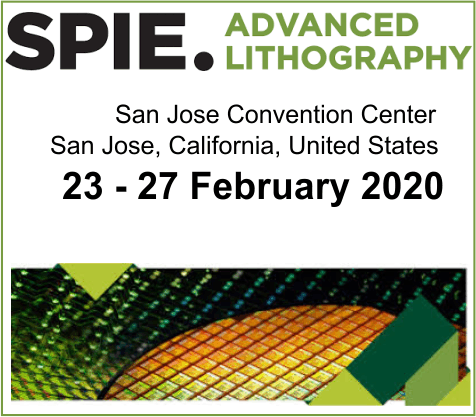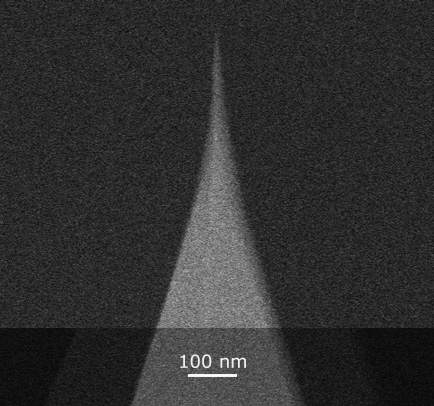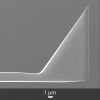

Nanotools is attending the SPIE Advanced Lithography in CaliforniaFri Feb 21 2020
nanotools is attending the SPIE Advanced Lithography in California.
The technical program of the primary global #lithography event will focus
If you would like to meet with nanotools in San Jose then please click on the contact link in the nanotools blog https://www.nanotools.com/…/connecting-with-partners-and…


It’s the last day @BiophysicalSoc Meeting 2020 exhibit in San DiegoTue Feb 18 2020
It’s the last day @BiophysicalSoc Meeting 2020 exhibit in San Diego and it’s the last chance to visit @NanoAndMore USA booth no. 818 from 10 am – 4 p.m. to pick up your free sample of NANOSENSORS™ uniqprobe qp-BioT #AFMprobes and to find out about all the other kinds of #AFMtips that NanoAndMore USA offers for #AtomicForceMicroscopy applications in #biology, #biophysics, #molecularbiology, #lifesciences etc. etc. … https://www.nanoandmore.com/Life-Science-Biological-Soft…
We’re looking forward to welcoming you! #bps2020


The exhibit @BiophysicalSoc Meeting 2020 in San Diego will be open from 10 am todaySun Feb 16 2020
The exhibit @BiophysicalSoc Meeting 2020 in San Diego will be open from 10 am today. Don't forget to visit @NanoAndMore USA booth no. 818 to pick up your free sample of NANOSENSORS uniqprobe qp-BioT #AFMprobes and find out what other surprises are planned for the 30th anniversary of NANOSENSORS and the 20th anniversary of NanoWorld


Researchers at KRISS applied nanotools CDR30-EBDThu Feb 13 2020
Researchers at KRISS applied nanotools CDR30-EBD #AFMprobes to study tip wear, repeatability and reproducibility of CD measurements. Find out more in the latest nanotools blogpost https://nanotools.com/…/four-axes-stage-for-low-noise-afm…


A blast from the pastMon Feb 10 2020
A blast from the past – Atomic resolution of liquid-covered HOPG. Published in 1987!


Today is the last day at the Linz Winter WorkshopMon Feb 03 2020
Today is the last day at the Linz Winter Workshop https://spm20.eu/…/xxii-annual-linz-winter-workshop-2020…/
Don't miss the chance to visit us and to find out about the many different kinds of #AFMprobes @NanoAndMore offers for #HighSpeedAtomicForceMicroscopy
and biological applications




The free energy landscape of retroviral integrationTue Jan 28 2020


Happy New Lunar YearFri Jan 24 2020


Happy New Lunar Year!Thu Jan 23 2020


We are thrilled to present our brand new BudgetSensors® KPFM & EFM Sample!Wed Jan 22 2020
We are thrilled to present our brand new BudgetSensors® KPFM & EFM Sample! With this artifact you can verify and calibrate your KPFM or EFM setup on well-defined structures made of pure well-known materials before you move on to your unknown and challenging specimen. Learn more here: https://www.budgetsensors.com/KPFM-and-EFM-sample

























